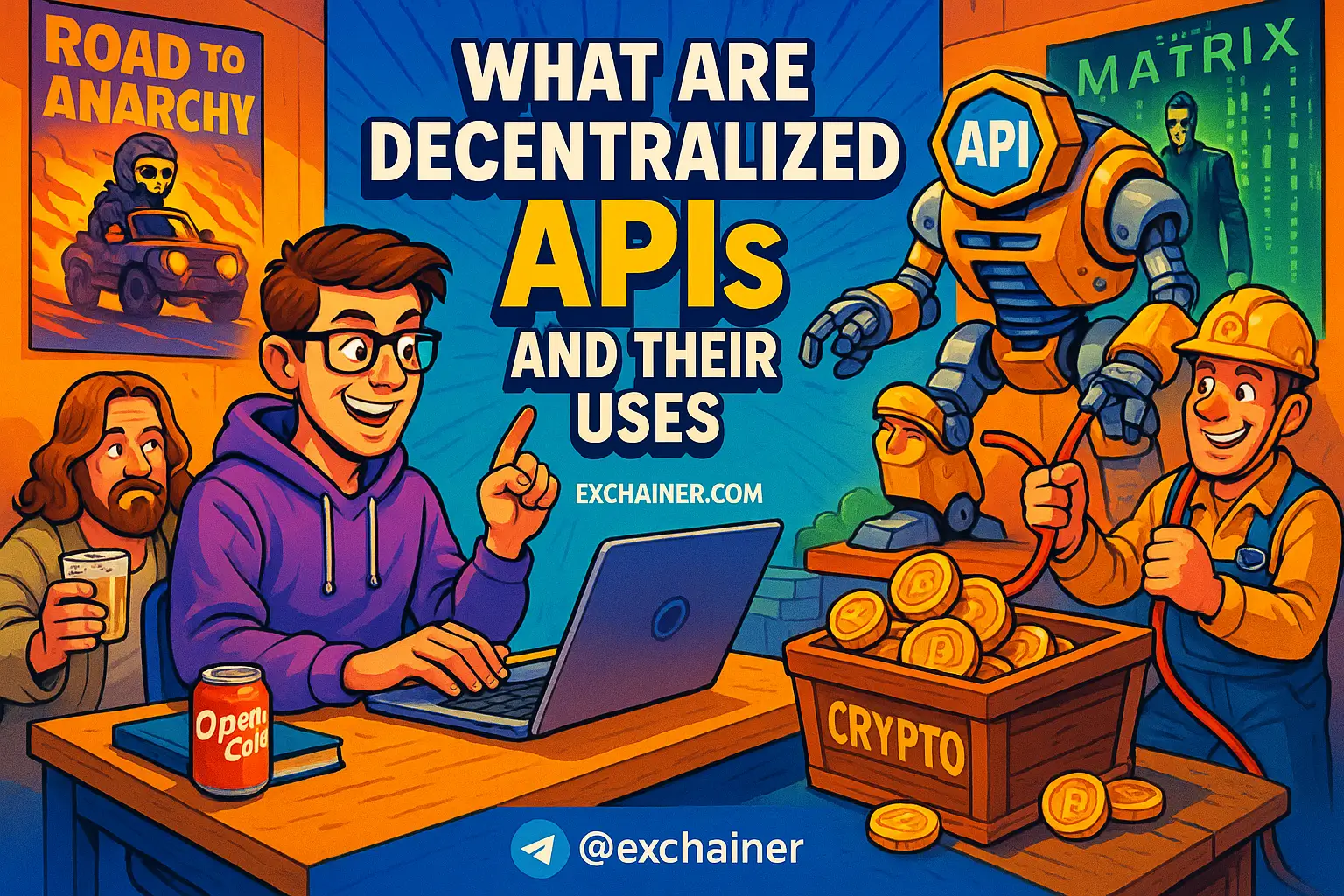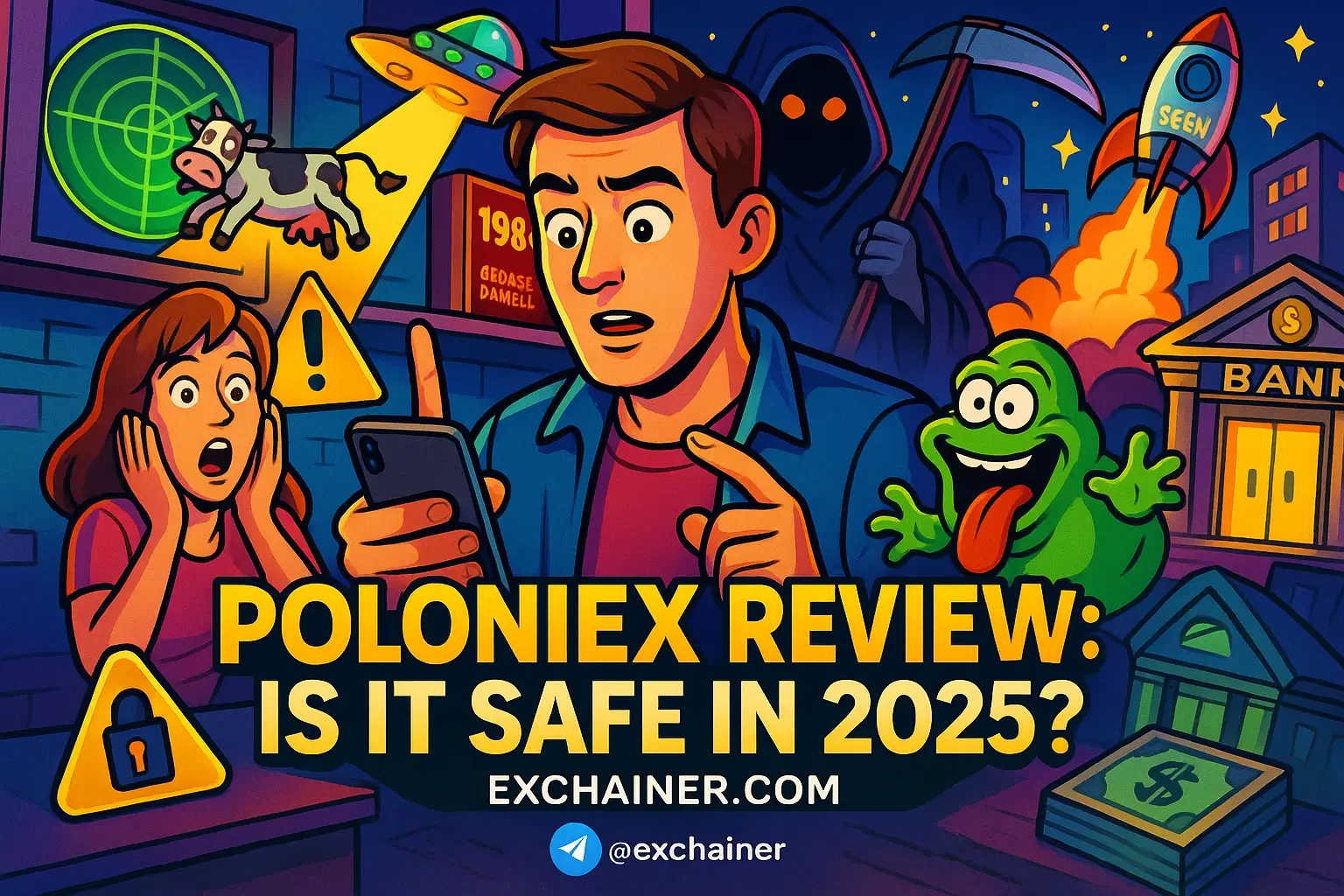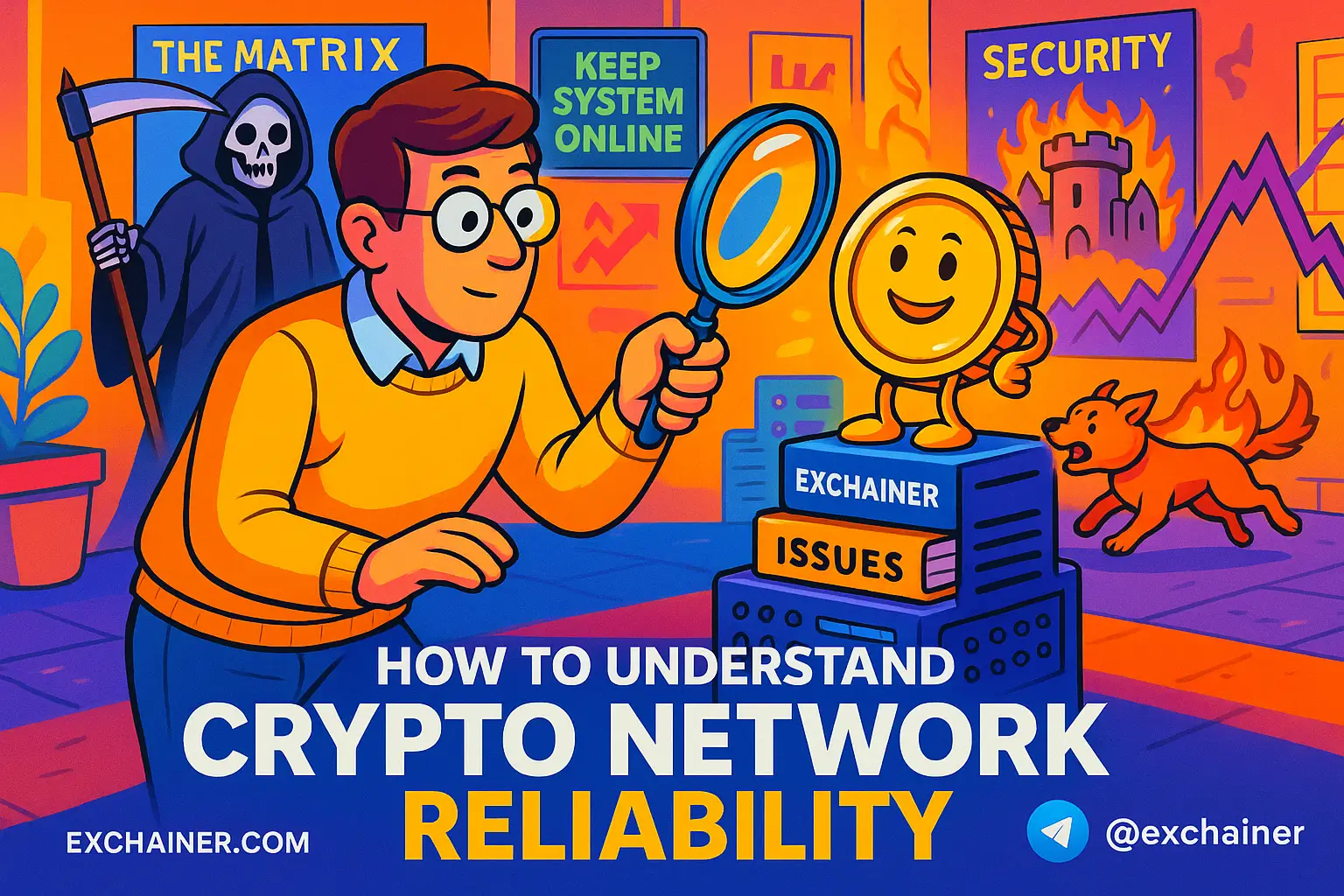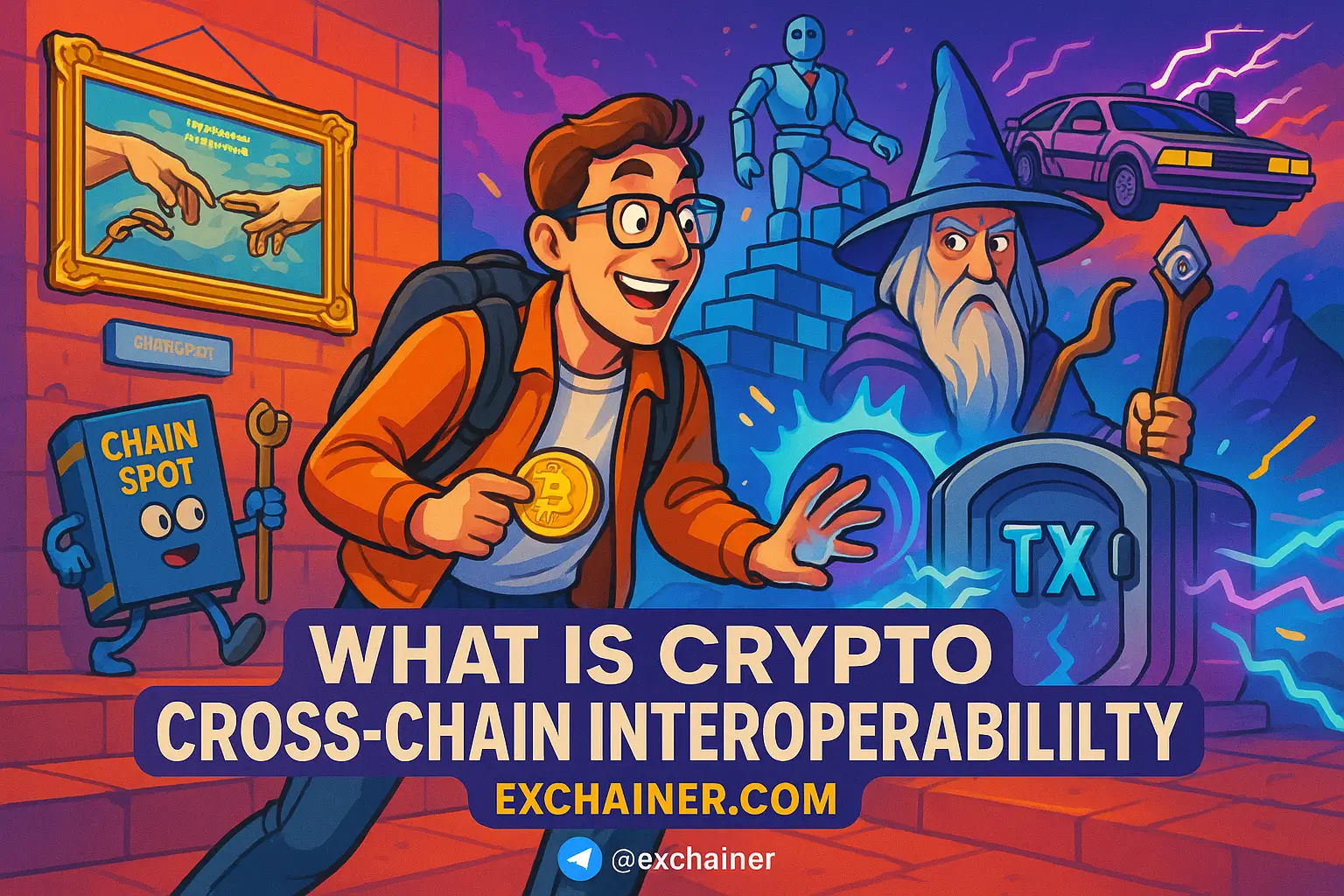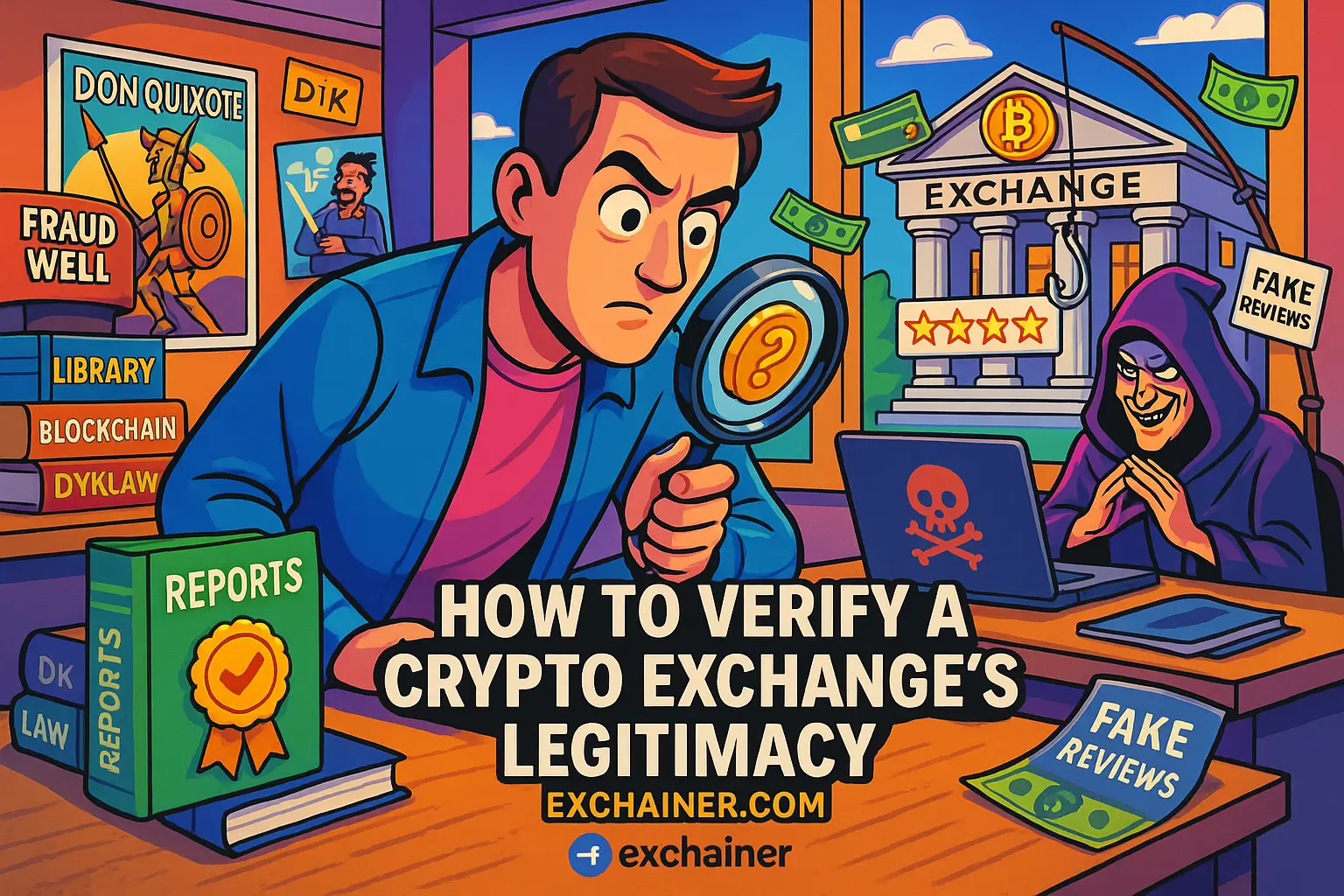Introduction
Friends, if you’ve been diving into the world of crypto and blockchain apps recently, you’ve probably heard about the growing appetite for decentralized infrastructure. As more on-chain apps and decentralized finance (DeFi) platforms emerge, the demand for reliable, censorship-resistant access to blockchain data is skyrocketing. Enter crypto decentralized APIs — a game-changer in how developers retrieve and interact with blockchain information. But what exactly are these decentralized APIs and why should you care?
In simple terms, crypto decentralized APIs are interfaces designed to provide data from blockchain networks in a way that does not rely on a single centralized server or authority. Unlike traditional APIs maintained by centralized providers, these decentralized APIs distribute their workload across multiple nodes, validators, or oracles, ensuring that data is resistant to censorship, tampering, or downtime. This means your dApp or trading platform can access trustworthy blockchain data even if some nodes go offline or try to manipulate data.
This matters because centralized API providers present risks that can hamper innovation and security in the crypto space. They create single points of failure where outages or attacks can stop services dead in their tracks. They also put power in the hands of vendors who might limit your access or even censor content based on external pressures. For projects working with sensitive decentralized finance protocols, NFTs, or Web3 identity, these risks just aren’t acceptable.
Who benefits most from crypto decentralized APIs? Developers building dApps, DeFi teams needing real-world price feeds, NFT platforms seeking provenance data, Web3 infrastructure engineers glued to uptime, and product managers who want scalable, secure tools to empower their ecosystems.
In this article, we’ll walk you through the nuts and bolts of decentralized API architecture, dive into key use cases, explore the security and privacy aspects, and finish with practical advice on choosing and integrating these APIs into your products. Ready to unlock the power of decentralized data delivery? Let’s jump in.
Decentralized API Architecture
Building a solid foundation for crypto decentralized APIs means understanding the architecture that supports them. How do these systems organize themselves to deliver trustless, censorship-resistant data at scale? Let’s break down the core elements and models in detail.
Core components
At the heart of decentralized API architecture are several crucial players working together:
- Nodes or Relays: These are individual participants that store, retrieve, and relay blockchain data. They operate independently but collaborate to serve API requests.
- Indexers: Specialized nodes focus on scanning and organizing blockchain data to enable fast, meaningful queries. Think of them as search engines tailored for blockchains.
- Validators and Oracles: Validators contribute to consensus by confirming data authenticity, while oracles fetch real-world information (like price feeds) and feed it onto the blockchain.
- Gateways: These act as interfaces between dApps and the underlying decentralized network, routing API calls efficiently.
Together, these components create a mesh of services where no single node controls the data. Consensus mechanisms—whether Proof of Stake, Proof of Authority, or others—ensure that the information returned is reliable and resistant to fault or attack.
Data delivery models
Not all decentralized APIs operate the same way; their data delivery aligns with specific technical models depending on the use case:
- Oracle Networks (Push Model): Oracles actively push off-chain data into smart contracts. This model shines in real-time price feeds for DeFi applications where updates must be timely and tamper-proof.
- Peer-to-Peer RPC Networks (Pull Model): Here, nodes respond to client requests by serving live blockchain state data on demand. This suits wallet connectivity or dApp state queries that require up-to-the-second results.
- Decentralized Indexing (Query Model): Indexers maintain historical and aggregated data for complex analytics. Think of querying NFT ownership history or user activity patterns over time.
Choosing the right model depends on whether you're handling real-time streams, historical insight, or interactive user features.
Payment, governance & incentives
Running decentralized APIs comes with costs and risks. To keep networks healthy and aligned with quality goals, ingenious incentive mechanisms are in play:
- Token staking and reputation systems: Providers often stake tokens as collateral, promoting honest behavior since missteps could cost their stake or damage reputation.
- Micropayments and pay-per-request: Rather than flat subscription fees, some APIs use pay-as-you-go models to ensure fair compensation tied to usage.
- Governance protocols: Some networks enable token holders or participants to vote on updates, data quality standards, or operator profiles, creating a community-driven upgrade path.
These economic and governance layers make sure the APIs evolve securely while remaining economically sustainable.
Crypto Decentralized API Use Cases
Understanding where crypto decentralized APIs really shine helps grasp their value. These APIs underpin many critical sectors in the blockchain universe.
DeFi and real-world data feeds
DeFi’s heartbeat depends on accurate, tamper-resistant data. Price oracles feed asset prices into lending platforms, stablecoins, and automated market makers. For example, if an oracle supplying ETH/USD rates manipulates data, liquidations could trigger wrongly, damaging users. Decentralized APIs provide a trustworthy source of pricing data by aggregating multiple oracles or validators, preventing such exploits.
Cross-chain bridges also rely on decentralized APIs to verify asset transfers across different blockchains, enabling seamless token swaps without centralized custody risk.
dApps, wallets, and identity
Decentralized applications require high uptime and censorship resistance. Wallets connecting to the blockchain often use decentralized RPC (Remote Procedure Call) interfaces to retrieve balance, transaction history, or execute on-chain operations.
Moreover, decentralized identity (DID) solutions benefit from APIs that provide immutable and censorship-resistant user data directly from the chain. This ensures that authentication and profile info aren’t dependent on centralized servers vulnerable to tampering or deletion.
NFTs, gaming, analytics & storage
Non-fungible tokens (NFTs) require metadata retrieval to display ownership, provenance, and artwork details. Decentralized APIs connected to IPFS or Arweave provide access to this content even if centralized servers go offline.
In blockchain gaming, syncing game states across distributed users demands reliable state query APIs. Analytics platforms utilize decentralized indexers to process huge volumes of transaction data, delivering insights about user behavior or market trends.
In all these scenarios, decentralized APIs cement the infrastructure that keeps the Web3 ecosystem robust and resilient.
Security, Reliability & Privacy
Security is paramount when it comes to decentralized APIs. Let’s explore how these systems uphold integrity, availability, and privacy.
Verifiability & cryptographic assurances
One of the major advantages of crypto decentralized APIs is the ability to verify responses cryptographically. APIs can return signed data or Merkle proofs—cryptographic evidence that data is genuine and unaltered. This allows consumers to independently validate information without blind trust.
For example, a DeFi app verifying a price feed can cross-check these proofs against blockchain state to detect manipulation attempts early.
Availability, redundancy & SLA trade-offs
Decentralized networks compensate for individual node failures through multi-node replication and fallback routing. If one node is down or returns stale data, clients can switch to others.
However, this robustness sometimes comes at the cost of higher latency compared to centralized providers. Service-Level Agreements (SLAs) in decentralized settings are still evolving, so applications needing ultra-low latency might deploy hybrid strategies combining both decentralized and centralized calls.
Privacy and sensitive data handling
Handling private or sensitive queries without leaking user information requires innovative solutions. Techniques such as off-chain secure computation, hardware enclaves, or zero-knowledge proofs enable querying data while preserving confidentiality.
Data minimization principles ensure the API only returns what is necessary, helping projects comply with privacy regulations like GDPR. This is especially important for identity and financial transactions.
Choosing and Integrating Decentralized APIs
So you’re convinced decentralized APIs are the way forward — but how to pick the right provider and integrate it smoothly? Here are some pointers to navigate this process.
Evaluation criteria for providers
Begin by investigating the provider’s true decentralization level. Ask: How many nodes participate? Are operators independent? What consensus is used?
Throughput and latency also matter greatly—some decentralized APIs struggle with heavy traffic or rapid queries. Compare cost models carefully (pay-per-request or subscription). Security guarantees should include cryptographic validation and uptime reputation. Finally, explore the provider’s community engagement and development roadmap to ensure ongoing support.
Integration patterns and developer tooling
Most decentralized APIs expose familiar interfaces: JSON-RPC, REST, or GraphQL. Use available SDKs to accelerate development. Consider caching strategies to reduce network calls and paginate queries to handle large data volumes.
Handling blockchain reorgs (reorganizations) requires careful client logic, ensuring data consistency even when blocks are replaced. Finality events (when a transaction is confirmed irreversibly) should inform your app’s UI and workflow.
Migration strategies and hybrid architectures
Many teams adopt a staged rollout: starting with hybrid setups combining centralized APIs as fallback with decentralized ones for core functions. Blue-green deployment lets you test and rotate traffic gradually.
Implement robust monitoring and observability tooling to track API health, latency, and error rates. This vigilance ensures your dApp remains resilient as you transition toward full decentralization.
Conclusion
Crypto decentralized APIs are reshaping how blockchain applications access and trust data. Unlike traditional, centralized solutions, these APIs distribute the workload across multiple nodes and validators. This results in increased censorship resistance, higher security, and better uptime — essential for DeFi protocols, NFT platforms, decentralized identity systems, and more.
Understanding the decentralized API architecture shows how various components such as nodes, oracles, indexers, and gateways coordinate to deliver data efficiently. Different delivery models like push or pull fit distinct needs, while governance and payment schemes align incentives to safeguard quality.
In application, decentralized APIs provide tamper-proof price feeds for DeFi, enable decentralized wallet and identity services, and ensure NFT metadata and game states remain accessible even without centralized servers. The security features of cryptographic proofs and redundancy strategies guarantee data integrity and availability, while privacy-enhancing techniques protect sensitive user information.
When choosing a decentralized API, consider factors like decentralization level, performance, cost, security, and community backing. Use developer-friendly tools and plan integrations carefully, employing hybrid fallback options and robust monitoring.
To get started, evaluate providers by testing latency, validating cryptographic responses, and running pilot projects in sandbox environments. Stay tuned: as standards mature and tools improve, more projects will shift from hybrid to fully decentralized API architectures.
Ready to deepen your knowledge? Explore more comprehensive beginner guides on Crypto 101, thorough Exchange Reviews, and helpful Tools and Wallets to power your crypto journey.
For authoritative insights, you might also visit CoinMarketCap’s API glossary and check out project-specific docs like Chainlink’s official site, a popular decentralized oracle provider.
Harness the true potential of crypto decentralized APIs — your dApp’s resilience and trustworthiness depend on it!

